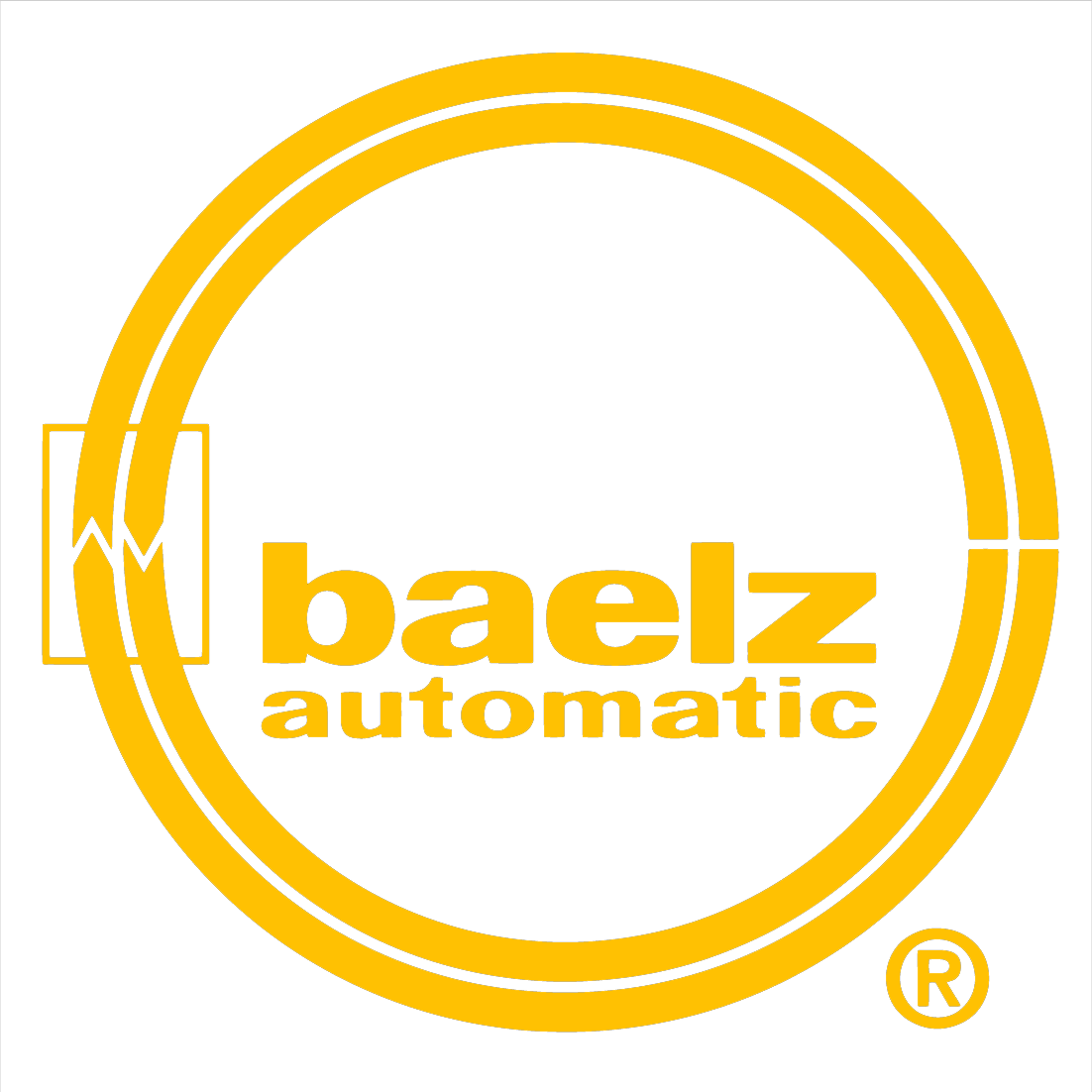Choosing the correctly sized control valve makes all the difference in controlling flow rates and managing fluid operations. Valves that are either too big or too small can jeopardize fine-tuned operations and make it impossible to ensure a consistent, standardized flow rate. Here, we provide a list of what is needed to properly size control valves, including why this step is very important with insuring long life and little to no maintenance.
Sizing a Control Valve
Choosing the correct size control valve is crucial for numerous reasons. For example, selecting a control valve that is too small will not have the proper capacity to handle the required flow. On the other hand, control valves that are too large are extremely sensitive to operating conditions, meaning even the slightest change in valve position can lead to significant flow changes and excessive valve oscillation. This can make it very hard or even impossible for the valve to adjust to the required flows or changes in your system.
Guidelines for Accurate Control Valve Sizing and Selection
When selecting the accurate control valve size for your application, be sure to follow these guidelines:
- Know the characteristics of the fluid medium that will pass through the control valve. Different types of will have varying viscosities, densities, vapor pressures, and critical pressures.
- Determine the flow rates of your application for minimum, normal, and maximum flows and provide the correct units of measure. (e.g.: gpm, kg/h, lb/hr, etc.)
- Know the inlet and outlet pressures of what the control valve will see along with correct units of measure. (e.g.: psi(g), psi(a), bar(g), bar(a), etc.)
- Know the the fluid media’s temperature via Fahrenheit or Celsius for minimum, normal, and maximum.
- Know the pipeline size, type, and material.
- Other requirements such as the valve’s material of construction, flange connections, fail action, and other accessories. (e.g.: positioner, limit switches, air supply, electric supply, etc.)
By understanding these process conditions prior to valve selection, you can be sure to select a correctly sized control valve that will give many years of service. Other parameters to keep in mind when choosing the proper control valve include:
- Linear control valve vs. equal percentage control valve: Use an equal percentage control valve when an increased flow rate causes a decreased pressure differential, or in control loops where the process gain goes down as the flow rate goes up. If these conditions do not apply to your application, use a linear control valve instead.
- Opening percentage. Generally, choose a control valve size that will operate between 20% and 80% open at the system's maximum anticipated flow rate. The valve should also only be slightly less than 20% open at the minimum required flow rates; however, it is important to note that this is not true for all types of control valves.
- Consider pipeline size. With liquids, try to avoid using a control valves that is larger than the pipeline or more than 50% smaller than the pipeline. Typically, steam and gases can go 50% smaller of the pipeline size but should consider this after sizing calculations are made..
Issues When Using the Wrong Size Control Valve
Selecting an incorrectly sized control valve can lead to a variety of issues. The types of issues you experience will typically depend on whether your control valve is too small or too big for your particular application.
- If your control valve is too small: When using a control valve that is too small, it will not be able to handle the flow rate that your application requires and will result in choked flow.
- If your control valve is too large: Using a control valve that is too large will not be able to make precise flow rate adjustments. By changing the valve’s position by a little, it will create significant, non-proportional fluid flow changes. A valve that is too large can cause increased friction in the system while leading to excess wear to the valve’s actuator, trim, and other components due to oscillation. With larger size valves being more expensive, your facility may be overpaying for the wrong size valves while having high maintenance costs with keeping these oversized valves operational.
Find Right-Sized Control Valves From Baelz North America
Choosing the right size of control valve for fluid management can make all the difference in the fine-tuned controllability of the flow rate, as well as the lifespan of the components themselves. At Baelz North America, we are a leading manufacturer of 2-way and 3-way control valves actuated with pneumatic or electrical operation. For more information about our control valve offerings, or for help determining the right control valve solution for your application, please contact us or request a quote today.
